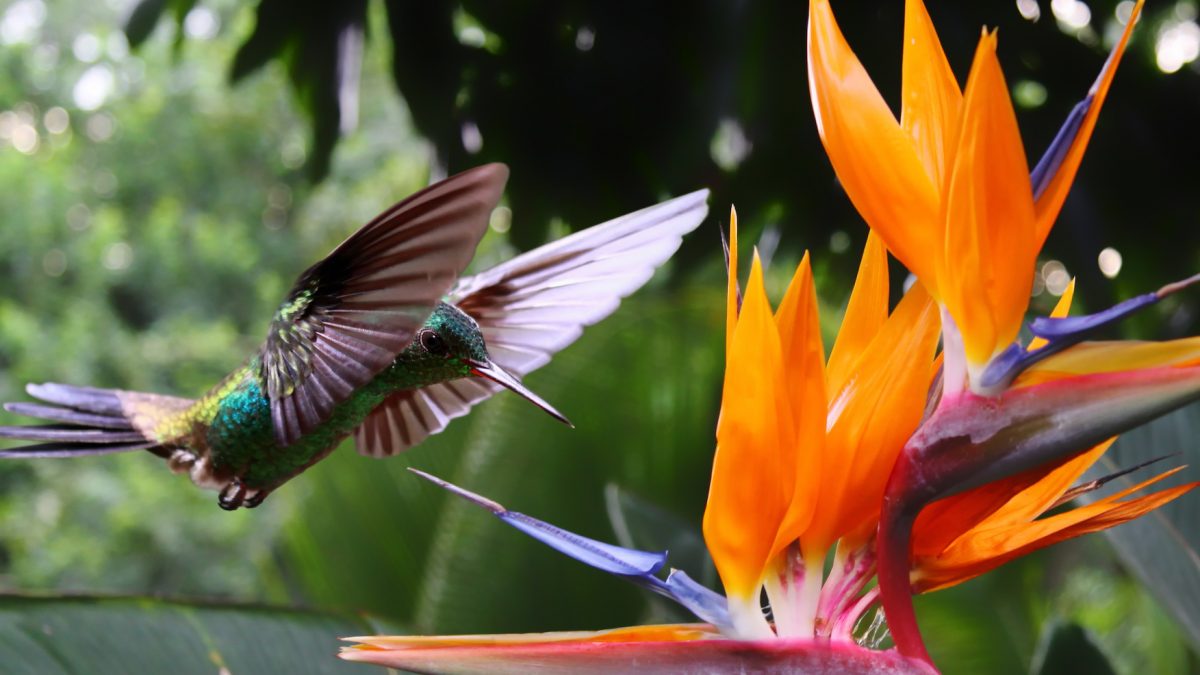Observe Closely
{A Written Practice}
Observe Closely
What is happening here?
If you want to get nature connected, and you need to do this, you must learn to observe closely. You have to notice–to expand your vision to make it larger and looser, and to focus it so that you pick up the smallest detail. A form of sensory calibration, close observation is to notice as well as to wonder. To ask the question, “Why?” Why is this hummingbird’s tongue that long? Close observation leads to tracking, to following trails– both those that are literal, and trails of inquiry. Close observation is to realize that we don’t generally see the world. To see, our gaze must become piercing. It must pierce through the pasteboard mask, as Melville says. Behold the bird of paradise on the left (the flower- the other bird is a hummingbird). That blueish purple petal has, at its end, a spike. It angles out from the other orange petals, with a shape that nearly matches the bill of the hummingbird. Why is that so? Why does this flower have a beak? What possible purpose could that serve? I’m telling you this because now that I’ve told you, and you are looking closely, you can see that hard beak-like segmentation on the end of the petal. But did you notice that before? A funny thing about attention is that the moment you become aware of something new, you begin to notice it everywhere. I remember a moment when I was considering buying a Toyota Corolla, a car I’d never really noticed before, and suddenly I began to see them everywhere. I’m sure that my interest in a Corolla didn’t magically produce them. It’s far simpler and more wonderful. My being aware that they exist allowed me to notice them. How many aspects of our lives are right in front of our faces and yet invisible to us? How many aspects of our own minds? Our own behavior? Close observation, observational inquiry, is a foundation of our mindful facilitation work. Did you notice that she looked down when she said that? Did you notice how he leaned back when you said that to him? The observational skills that we hone studying nature are applicable across all domains of our lives. And I’m not going to tell you why that flower has a beak. But if you look closely at the picture, you’ll begin to understand it. Or go look it up. Follow that trail.
Related Practices:
See Building Ropes. See Tracking. See Study the Pattern Language of Nature. See Get to Know Your Local Flora and Fauna. See sit spot. See bird language. See Relational Mindfulness.Photography: | Licensed from Pexels.com, used with permission.


